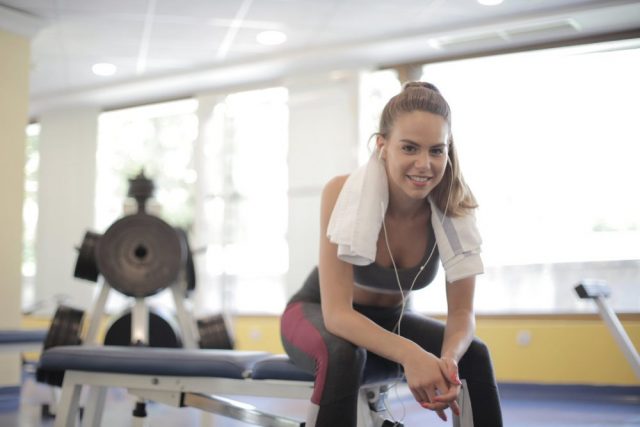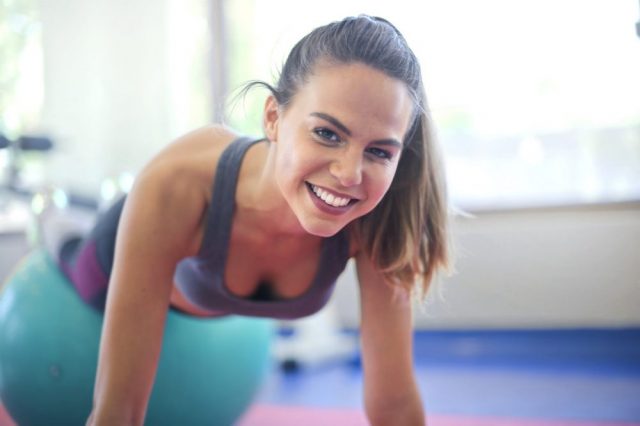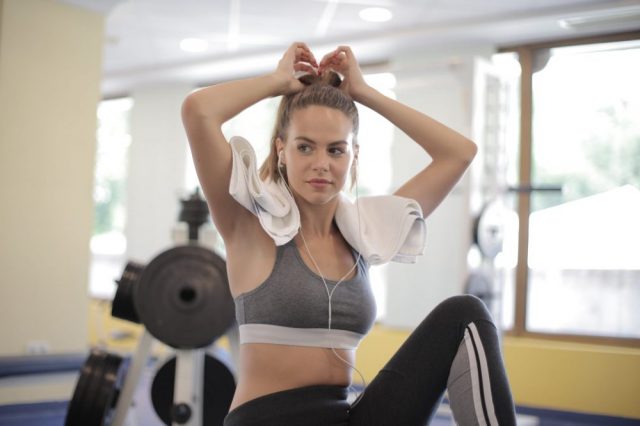Art Therapy: 44 Creative Ideas to Support Your Health and Happiness

This article is written by Sarah Williams.
Often termed as “Contrology”, Pilates is a wonderful exercise for anyone looking forward to getting killer abs and core strength. However, the usefulness is not limited to that only.
Beyond that, Pilates can significantly help ease chronic pain. The way this exercise is designed, it simply diminishes the pains of several kinds through physical movement. But that can never be enough information, right?
For a better understanding, it’s required to dig a little deeper than this. Aiding to the same, here’s what you need to know about Pilates and their usefulness as a remedy for chronic pain of different types.
What is Pilates?
Pilates is a form of exercise and physical movement that focuses on control, balance, core stability, strength, and flexibility. It strengthens the core postural muscles supporting the spine. It also helps improve posture, which also helps relieve and prevent back pain.

“A stronger core means a better back”, says Pilates instructor Tracy Zindell. Clinical Pilates for chronic pain works by enhancing the primary muscular support system of the body, to reduce the pressure off the back, knees, and joints, leading to a reduction of pain.
The exercises are great for people with chronic pain as they are low impact, increase muscle strength, and are altered to fit an individual’s body ability. It works by shifting the focus of your brain off painful areas to concentrating on the body as a whole.
Benefits include:
Since many of the exercises require reclining or sitting positions, for chronic pain sufferers, there are many low impact exercises that are partial weight bearing. The focus of such exercises is not on the number of repetitions; it is on breathing and the movement of the body.
Pilates has something to offer to people of all ages. The exercises are pretty safe because experts at Bodytonic Clinic use Pilates in conjunction with osteopathic treatments and massages to rehabilitate after injuries.

Considered to be a ‘low-impact, big result’ workout regimen, Pilates was intended to be a workout for dancers with injuries. Knowing it’s intended purpose, doctors started to see how the series of movement that works out the entire bodies can help with various health conditions.
Many people coping with arthritis refrain themselves from exercising as they are concerned about the intensity. But since Pilates exercises are low-impact, gentle movements that strengthen muscles and reduce pressure on joints, doctors recommend Pilates for people with arthritis.
Pilates can help with chronic back pain by stabilizing the core’s lumbar-pelvic region and alleviating the stress on that area. It works on the weak muscles that often create pain. Pilates ups mobility and is considered the best choice of therapy for chronic pain sufferers.
Pilates is not only good for low-impact exercise and stability, but it also helps people with fibromyalgia. It emphasizes breathing techniques to prevent muscle tension so that muscles can relax. Breathing techniques enrich the blood with oxygen and increase its circulation to all regions of the body.
People with fibromyalgia tend to disconnect with their bodies due to the amplified painful sensations affecting the way their brain processes pain signals. And Pilates is all about the connection of the mind and body. It reduces the fatigue symptoms associated with fibromyalgia and helps prevent hypermobility.
People with diabetes, high cholesterol, heart diseases can participate in Pilates, as well, but it is advisable to check with your doctors first.


Pilates exercises help create a body and mind relationship, where focus, meditation, and concentration come together to boost your mental health and enhance your mood. This in turn helps you to cope better with chronic pain.
Have you ever tried Pilates to help you reduce or better manage chronic pain?
Author bio: Sarah Williams is a successful business woman who has a great interest in diverse subjects. She has learned a lot at the hands of every experience – good or bad. Her write-ups are a true manifestation of her rich experiences and her eventful life.
If you enjoyed reading this article, you might also like: